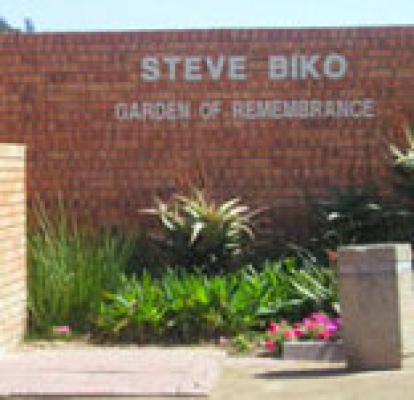King William's Town started as a mission station (in 1834) on the banks of the Buffalo River some 50km west of East London in what is today called the Eastern Cape of South Africa.
After the destruction of the mission station, Sir Benjamin D'Urban (Governor of the Cape Colony) declared the establishment of a town named after King William IV of England upon reconstruction of the station.
The British Government turned down this application, and the land was returned to the Xhosa. The station had already been rebuilt, however, and its favouralble position led to local traders to frequent it and eventually settle in the area.
The town was declared a royal borough of British Kaffraria in 1861 and since then has become an important agricultural and commercial centre.
The town today forms part of a Transitional Local Council area Incorporating Bisho, Zwlitsha, Dimbaza, Phakamisa, Ilitha and Ndevana.
Activities
The
Amatola Hiking Trail starts at Maden Dam, approximately 23 km from King Williams Town, and ends 3 km from Hogsback.
Attractions in King Williams TownBotanical Garden
Large, beautiful gardens featuring five separate conservatories.
British Kaffrarian Savings Bank
A historical building which housed this financial institution. Built in 1908, this architectually interesting and well-preserved building portrays the architecture of the turn of the century
Churches
Including the Holy Trinity Church constructed by soldiers garrisoned in the town.
Fort Murray
A fort dating back to 1848, built agter the Seventh Frontier War on the banks of the Buffalo River.
Amathole Museum
Founded in 1884, it boastss the world's largest collection of mammals, including the legendary Huberta the Hippo, who roamed over 800km.
Queen Victoria Memorial
Unveiled in 1899, with four muzzle-loading cannons presented to the town a few years later.
Rooikrantz & Maden Dams
Recreational areas of great beauty, featuring a hiking trail starting at Maden Dam in the Pirie Forest and forming part of the Amatola Trail. Pirie Trout Hatchery is also here.
South African Missionary Museum
Detailing the missionary history of the area and of the country, in the former Methodist church.
Steve Bikos House
The house of of the prominent Black Consciousness leader, Bantu Stephen Biko (1946-1977) was proclaimed a National Monument in 1997. Biko lived in Ginsberg from the age of four until his death in 1977
Steve Biko Grave
The grave of the famous political martyr is found in the Ginsberg Cemetery. It is now part of a garden of remembrance.
Town Hall
The stately administrative centre built in 1867, now housing a small theatre.




